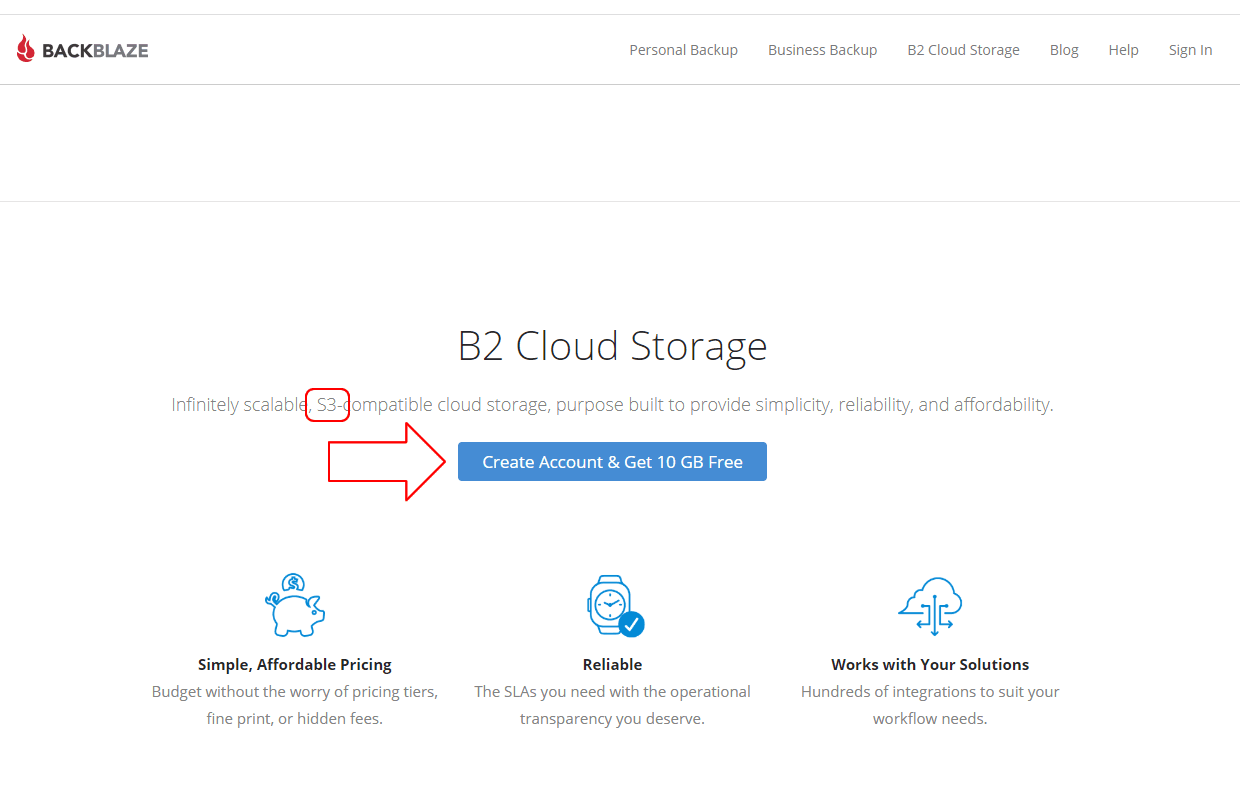- Synology’s Hyper Backup allows users to back up various kinds of data (system configurations, shared folders, and applications/packages) on your Synology NAS, manually or by schedule. You can store the backup data in local shared folders, remote servers, and public clouds, like Backblaze B2.
- Backblaze is a pioneer in robust, scalable low cost cloud backup and storage services. Personal online backup to enterprise scale data storage solutions.
- Note: Hyper Backup supports encrypting backups to Backblaze B2 using V4 signatures. However when you try to restore encrypted backups from a repository in a Disaster Recovery scenario to a new Synology, the restore will use AWS V2 Signatures, even if you choose V4, and your restore will fail.
It depends on the volume of data. Running a second Synology unit at another site and mirroring changes (using something approaching the efficiency of rsync) will easily be the most economical beyond 1tb -- an amount typically included for free with just about every Office 365 subscription. It's not ideal however, unless you plan to perform DR to the cloud; that is, restore a failed local instance to a cloud platform. This is because you will be unable to get one tenth of 1tb of data that stored in the cloud in a timely fashion unless it is being restored to an adjacent platform.
The cool thing about rsync is that the bandwidth use can be near zero as you can do a full mirror once a week but generate a differential file each night and export it to a local drive instead of applying the changes over the internet. That differential file can be used to roll the remote version forward to the time the file was generated. You would only actually apply it to the remote mirror if need be -- testing notwithstanding.

Backblaze Cloud Backup

Synology Hyper Backup Backblaze B2
This would also have the added benefit of being able to recover files without the need for a Synology NAS or pulling down the entire repository and using our Hyper Backup Explorer software since Cloud Sync does a file-level backup rather than using a proprietary database like Hyper Backup. So do keep in mind there are trade-offs for both methods. Open Hyper Backup Click the + in the bottom left corner of the window, select ‘Data backup task’ Choose the ‘rsync’ Backup Destination, then click ‘Next’ Create your backup task, then click Next.
